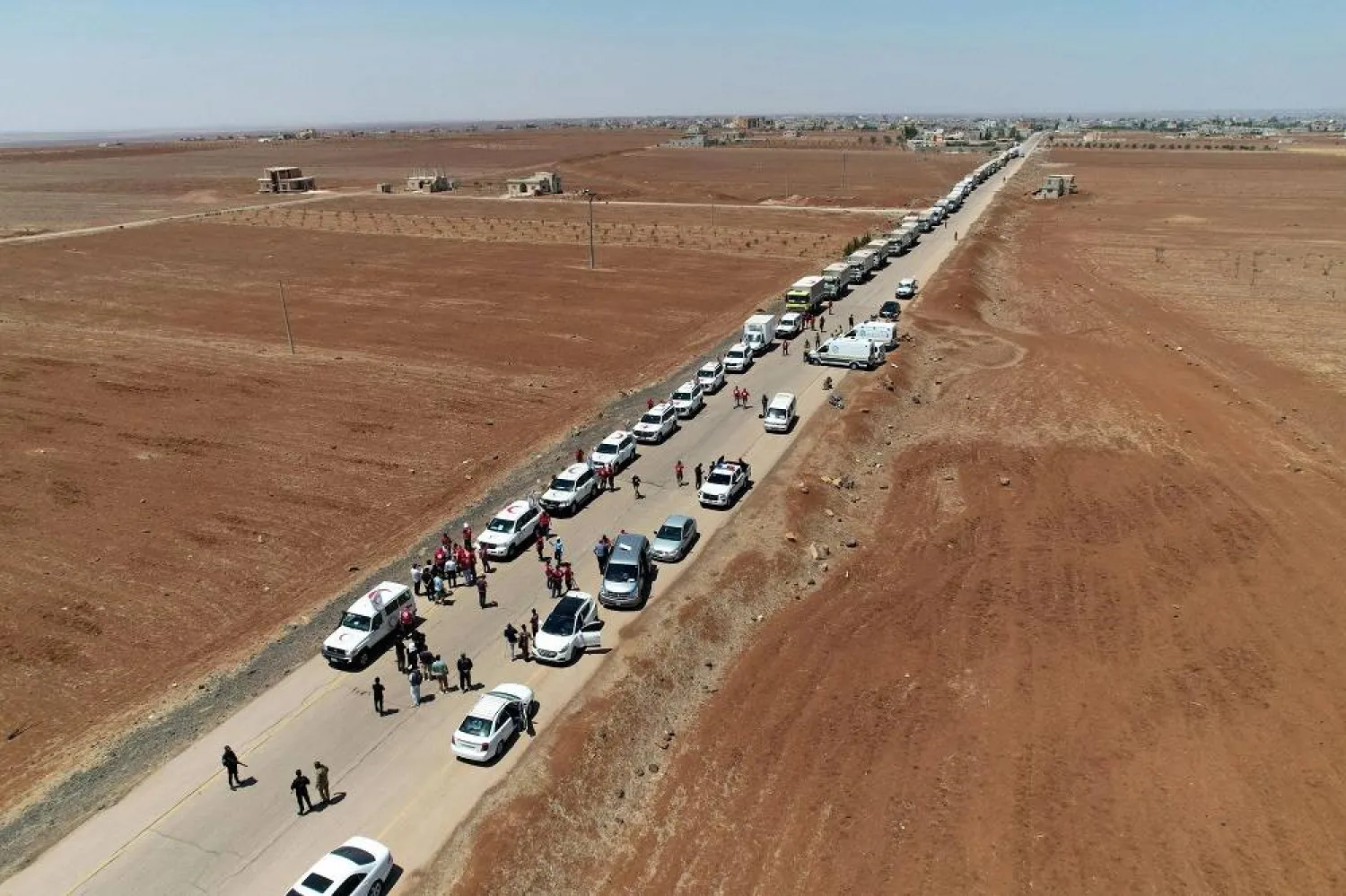Health authorities in Libya have announced detecting cases of the novel coronavirus that was first discovered in the UK, raising fears over the increase in the number of infections in the country.
In a statement on Thursday, the Libyan National Center for Disease Control (NCDC) said a group of experts on Viruses and Molecular Biology at the Community Health Reference Laboratory conducted a series of tests to detect the new coronavirus variant discovered in London in early January.
The testing conducted on 88 randomized covid-positive samples showed that 23 cases were of the new variant, representing 26 percent of all the total number of samples.
The NCDC pointed out that detecting the new variant in Libya sparks concern as this mutation is distinguished by a rapid transmission rate that could cause a concerning spike in the number of cases.
“People’s continued disregard and non-abidance by the preventative measures will further spread the virus and possibly increase the number of deaths,” it stressed.
Health authorities have been complaining since the pandemic’s outbreak about people’s negligence in applying precautionary measures, especially in popular markets, shops and during social events.
In addition, many do not believe in the coronavirus existence, which, according to Libyan doctors, has led to the spread of the virus.
The center stressed the need to continue tracking the new variant as well as obtaining the needed funding for this process.
The NCDC recorded 2,156 deaths and 571 new COVID-19 cases on Thursday, raising the total number of infections to 131,833, of which 118,791 have recovered.







